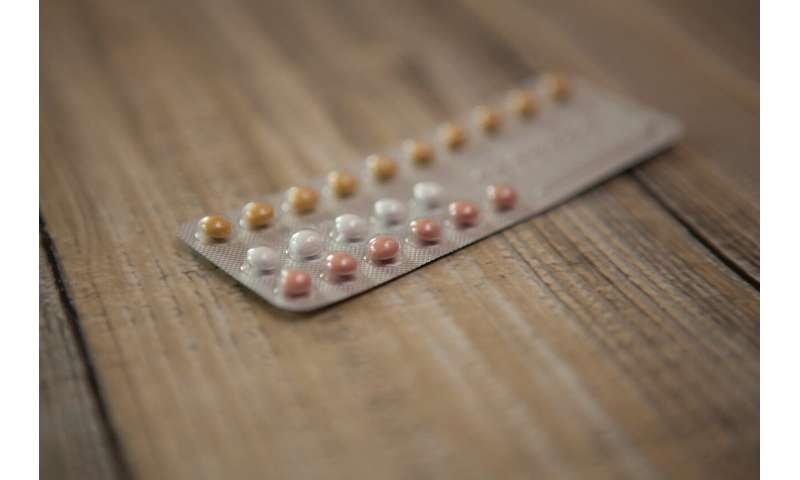
Federal and state policies to expand access to birth control have included increasing access to preventative and emergency hormonal contraception at retail pharmacies for women and girls of all ages without a physician’s prescription.
A new study from the University of Illinois at Chicago investigated the impact of these policies in Los Angeles County, California.
“We focus on Los Angeles County because it consistently has among the highest number of unintended pregnancies and teen births in the U.S., disproportionately affecting women and girls in low-income, minority neighborhoods,” said corresponding author of the study Dima Qato, associate professor of pharmacy systems, outcomes and policy at the UIC College of Pharmacy.
The UIC researchers found that more than one year after California law granted pharmacists prescriptive authority for contraceptives without any age restrictions, only 10.1% of Los Angeles County pharmacies provided this service and 77.4% imposed age-restrictions at 18 years or older, including in neighborhoods with the highest rates of unintended pregnancies and teen births.
The findings of the study, which was conducted via a mystery shopper telephone survey of all pharmacies located in Los Angeles County, are published in the journal Health Affairs.
To obtain information on birth control access at these pharmacies, a young woman trained as an interviewer posed as a patient seeking both oral hormonal contraceptives without a prescription from a physician and over the counter emergency contraception, commonly known as Plan-B, or a generic. The interviewer asked to speak with a pharmacist, followed a standardized script and documented the responses provided.
Of the 1,611 eligible pharmacies in LA County, 1,482 participated in the survey.
The study findings also indicate that more than five years after the Food and Drug Administration removed age restrictions for Plan-B in 2013, nearly half of Los Angeles County pharmacies that carried emergency contraceptives did not dispense it to people younger than 18 years of age.
Qato says, “The findings from this study suggest that regulations that authorize pharmacists to prescribe contraceptives are not enough. Regulations that mandate they dispense birth control regardless of age may also be necessary. Without a dispensing mandate, these restrictive practices are likely to persist and adolescents will continue to encounter additional barriers in accessing birth control, including at retail pharmacies.”
The authors also offer several policy recommendations to better increase pharmacy access to birth control, particularly in neighborhoods most in need.
“Expanding the Affordable Care Act, or ACA, contraceptive coverage mandate to include pharmacy reimbursement for pharmacist-prescribed contraception services may increase its availability at retail pharmacies,” Qato said. “Expanding eligibility for Title X funding to include pharmacies, which are often more accessible than health centers, including family planning clinics, may also provide financial incentives for pharmacies to implement contraceptive services as well as increase access to birth control to uninsured women and girls at no-cost.”
Findings from this study also indicate many low-income, minority neighborhoods in Los Angeles County lack pharmacies, including those neighborhoods with the highest unintended pregnancy and teen birth rates.
Qato and her colleagues found that 1,292,437 (61.1%) women and girls ages 15-44 years live in neighborhoods with no pharmacy and nearly half of these individuals live in neighborhoods with very high teen birth rates.
The data showed that among predominantly minority neighborhoods only 29.8% had at least one pharmacy. Of those neighborhoods, only 3.5% had a pharmacy that offers pharmacist-prescribed contraception. In other neighborhoods, 43.9% had at least one pharmacy and 7.9% had a pharmacy that provided pharmacists-prescribed contraception.
Source: Read Full Article